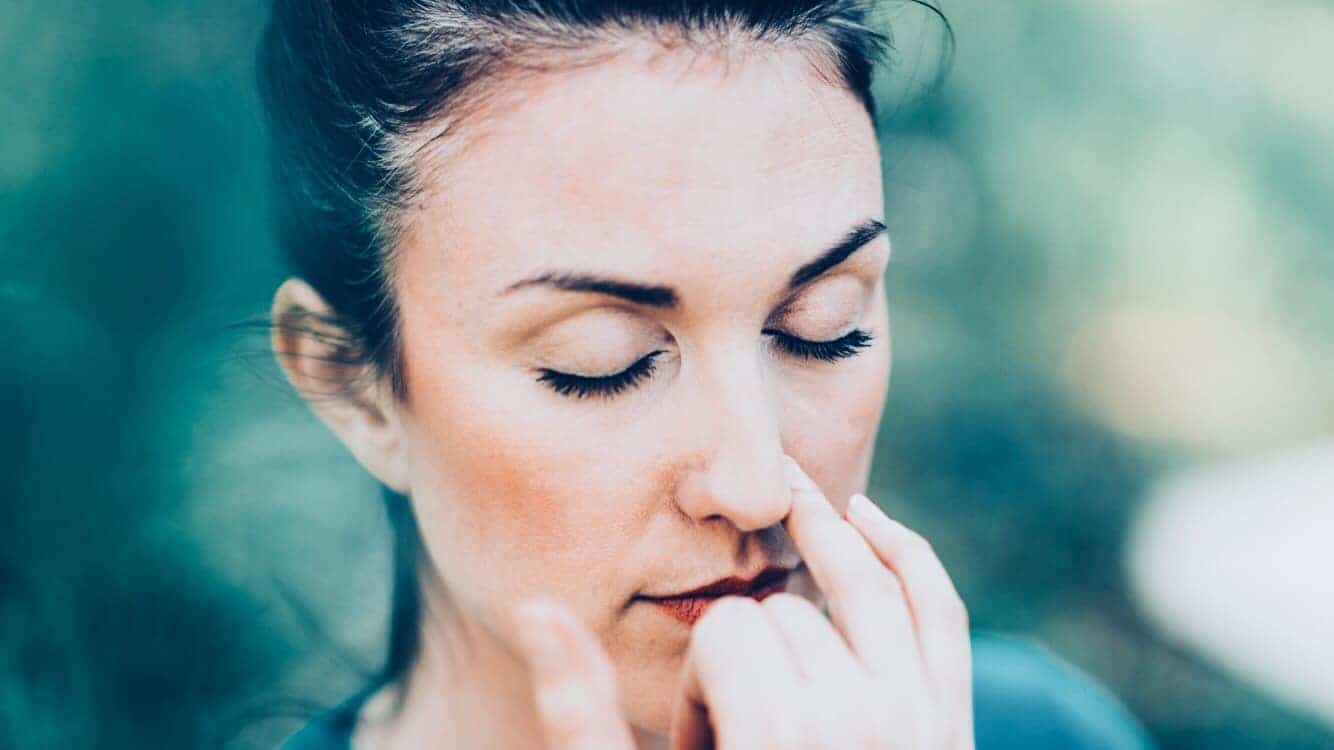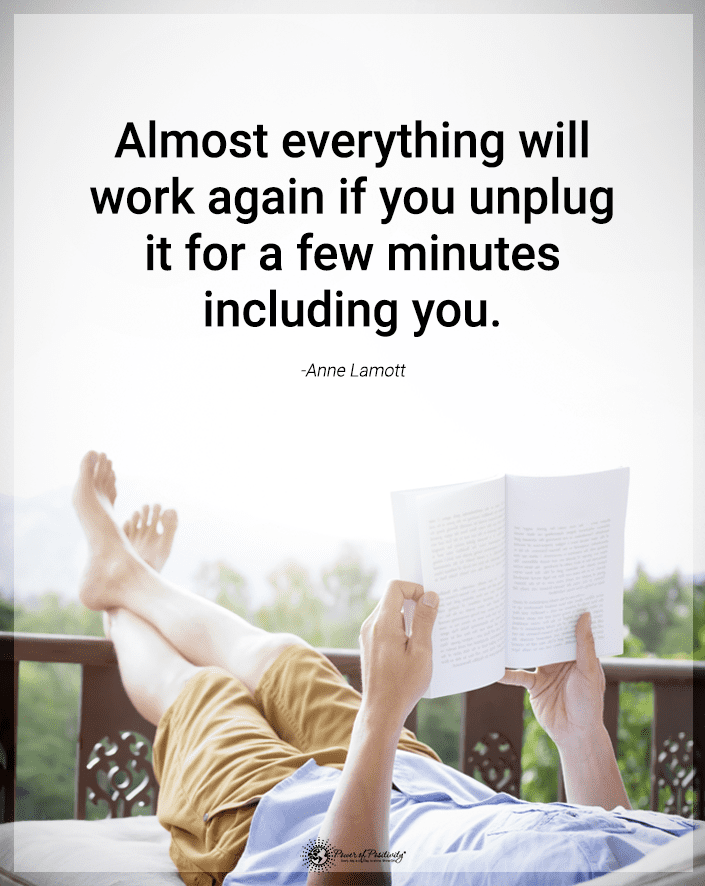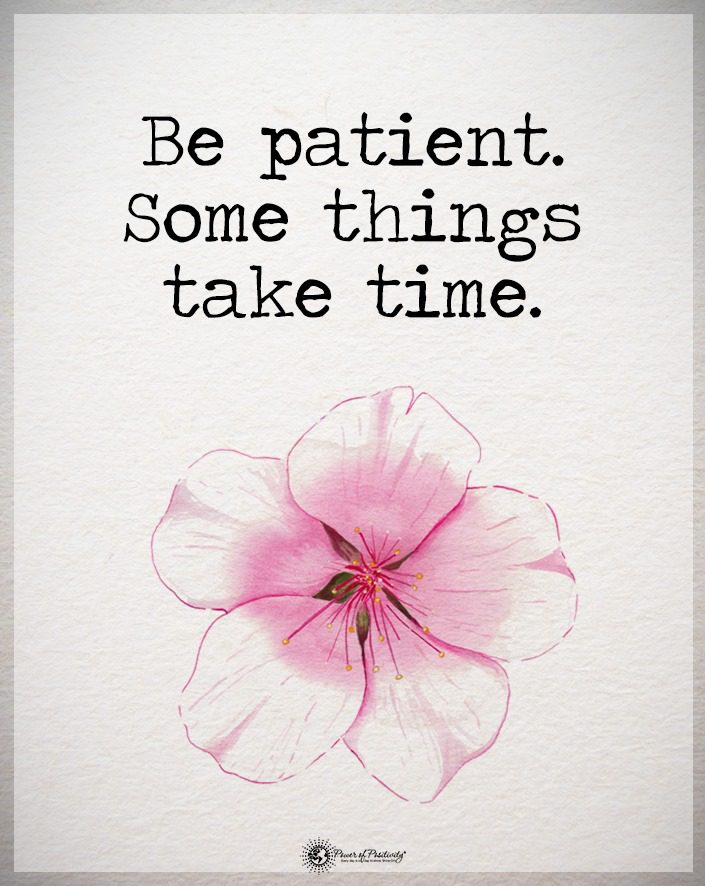I’m sure you’ve heard about the many benefits of exercise before, and if you have a workout routine, you’ve likely experienced them firsthand. Exercise, of any form, allows us not only an escape from our daily life. But it’s also an opportunity to become healthier, more robust versions of ourselves. The result? Less anxiety and stress in life – and perhaps ditching those prescription drugs.
Those who practice yoga can attest to the positive impact on their well-being, as yoga is a mind-body integration. As the body moves in fluid motions, the mind becomes stabler, quieter, and more peaceful.
And, in an era when doctors dispense prescriptions freely, we have become an addicted society. Our reliance on pills, from psychotropics to pain medications, is unheard of in the traditional treatments of the Far East. So today, let’s discuss an alternative to medications to balance out your mental health.
Below, we’ll discuss the science behind why yoga is so powerful for treating mental illnesses such as anxiety and suggest a few specific poses to incorporate into your exercise regimen.
“Yoga practice can make us more and more sensitive to subtler and subtler sensations in the body. Paying attention to and staying with finer and finer sensations within the body is one of the surest ways to steady the wandering mind. (39)” – Ravi Ravindra
Boston University researchers found yoga effective for anxiety management:
Chris Streeter, MD, and her colleagues from the Boston University School of Medicine did a study comparing the brain benefits of yoga to walking.
From their preliminary research, Streeter and her team found that yoga reduced anxiety boosted mood, and increased the anti-anxiety neurotransmitter GABA (gamma-aminobutyric acid) in the brain.
- The participants were divided into two groups: a yoga group and a walking group.
- Each group exercised for an hour thrice weekly over twelve weeks. Researchers performed brain scans on the participants before and after the 12-week study period and measured anxiety and mood levels throughout the experiment.
The results
The yoga group had higher levels of GABA and experienced significantly more significant boosts in mood and drops in anxiety than the walking group.
The University of Utah agrees, offering mindfulness and yoga programs to manage stress and anxiety
Mindfulness-Based Stress Reduction (MBSR) at the University of Utah Health is an intensive program developed by Jon Kabat-Zinn at the Center for Mindfulness, University of Massachusetts Medical School. Its primary aim is to cultivate mindful awareness to foster health, happiness, and personal growth. The program offers a variety of practices, including sitting and walking meditation, body scan, gentle yoga, and mindful communication. These practices are further enriched with inquiry exercises, group discussions, and daily assignments. The essence of MBSR is not to evade stress but to engage with it more healthily. Thereby, it enhances our inherent capacity for awareness and helps individuals be more attuned to their lives.
The benefits of MBSR – including yoga poses – are many. Participants often report improved coping mechanisms for stressful situations, significant reductions in both physical and psychological symptoms, enhanced emotional regulation, and an increase in attention, focus, and memory. Furthermore, many experience heightened levels of happiness and resilience.
The experts who developed this Wellness & Integrative Health Services at the University of Utah Health Center emphasize a tailored and integrated approach. They are dedicated to empowering patients, employees, and healthcare professionals to lead a wholesome life. Their commitment lies in maximizing preventive care, ensuring that health remains a focal point in healthcare.
Poses to Help Alleviate Anxiety
1. Child’s Pose (Balasana)
Child’s Pose helps to release tension in the back, neck, and shoulders, three areas where people tend to hold a lot of stress. It also helps you to relax, focus on breathing, and connect deeply to the sensations within your body.
Begin on your hands and knees with your big toes touching. Your hands and arms should be extended in front of you, and your legs hip distance apart. Exhale as you let your body fall forward, and keep your torso on top of or between your thighs with your head resting on the mat. Keep your arms extended out, and press your buttocks into your heels.
Stay in this pose as long as desired, and remember to breathe slowly and deeply.
2. Tree Pose (Vrikasana)
Tree Pose, a basic standing pose, helps to increase concentration and focus by putting your attention on balancing.
Stand with your feet hip-width apart and shift your weight to your right leg. Then, bend your left knee, and press the sole of your left foot into your inner right thigh or just below the knee, with your toes pointing downward. Center your torso so that it’s facing forward. Put your hands into a “prayer position” over your heart. Point your gaze up toward the ceiling or forward, whichever you prefer. Hold for 2-3 breaths, then repeat on the other side.
3. Warrior III (Virabhadrasana III)
While this pose is a little more challenging than the other two, it helps to alleviate anxiety by stimulating the abdominal region. Studies have linked gut health with mental health, and this pose is great for improving digestion. This pose also helps to improve balance, posture, and coordination.
With your feet hips distance apart, turn to the left and widen your stance to about 4 feet. Then, turn your right foot so your toes point toward the front of the mat. With both feet planted firmly on the mat, bend your right knee and keep your torso and pelvis centered.
Raise your arms above you and press your weight onto your right foot, lifting your left leg behind you while you bend your torso forward. Your upper half should be parallel to the ground. Point your left foot out and keep your arms extended. Straighten your right leg, keep your gaze toward the ground and hold for 2-3 breaths. Slowly lower your leg back to the floor and repeat on the other side.
4. Headstand (Sirsasana)
Please do not attempt this one if you are a beginner. This is definitely an advanced pose that you should only do when you feel comfortable with the more basic poses.
However, increasing blood flow to the head can help to detox the adrenals, improve mood, and lower blood pressure and heart rate.
To do this pose, start on your hands and knees, keeping your arms shoulder-width apart. Keeping your elbows there, lock your hands together so that your pinkies touch the floor. Place the crown of your head onto the ground and keep your hands interlaced behind it. Tuck your toes and lift your hips as high as you can, walking your feet slowly toward your upper half.
Use your ab muscles to help lift you off of the ground, and press your forearms further into the mat. Keep your feet straight up over your shoulders and hips until your legs are completely straight. If you want, use a nearby wall to keep you steady. Hold for as long as you’d like, and when you come out of the pose, lift your legs down one at a time and bring your knees to the mat. Rest in child’s pose for a few breaths.
This pose is typical in restorative yoga, as it helps relax and ease anxiety symptoms. It’s also great for relieving lower back pain and menstrual cramps.
Feel free to place a pillow under your back to alleviate back pain further. Sit close to a wall, then walk your legs up until they’re straight. Keep your buttocks against the wall, and keep your head and shoulders rested on the mat. Close your eyes and relax for as long as you want, and when you come out of the pose, simply swing your legs either left or right.
Below, we’ve included a guided yoga video for stress and anxiety that we hope you’ll enjoy!
















 Community
Community

